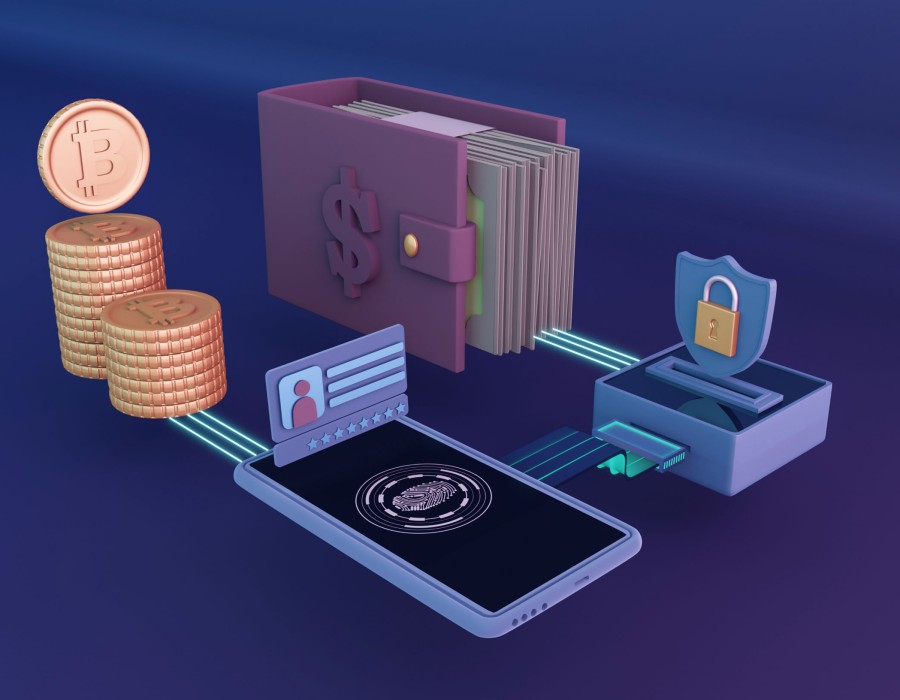Robotic Process Automation, commonly referred to as RPA, involves the use of software robots or artificial intelligence to automate repetitive tasks traditionally performed by humans. In the context of procurement, RPA streamlines various processes such as data entry, invoice processing, and supplier management, among others.
Importance of RPA in Procurement
The procurement process is notorious for its manual, time-consuming nature, often plagued by errors and inefficiencies. RPA offers a solution to these challenges by automating routine tasks, allowing procurement professionals to focus on strategic activities that drive value for the organization.
Understanding RPA in Procurement
What is RPA?
RPA utilizes software bots to mimic human actions, such as logging into applications, copying and pasting data, and executing rule-based decisions. These bots operate round-the-clock, significantly reducing processing times and enhancing accuracy.
RPA vs. Traditional Procurement
Unlike traditional procurement methods that rely heavily on manual intervention, RPA introduces automation into the procurement lifecycle, resulting in faster cycle times, improved accuracy, and cost savings.
Benefits of RPA in Procurement
Cost Reduction
By automating repetitive tasks, RPA reduces labor costs associated with manual data entry and processing, ultimately driving down the overall cost of procurement operations.
Efficiency Gains
RPA accelerates the procurement cycle by completing tasks in a fraction of the time it takes humans, thereby improving process efficiency and responsiveness to business needs.
Error Reduction
Human errors are inevitable in manual processes but can have significant repercussions in procurement. RPA minimizes errors by adhering to predefined rules and executing tasks with precision and consistency.
Use Cases of RPA in Procurement
Automated Invoice Processing
Manual invoice processing is prone to errors and delays. RPA automates this task by extracting data from invoices, validating it against predefined rules, and processing payments, leading to faster cycle times and improved accuracy.
Supplier Onboarding
Onboarding new suppliers involves numerous documentation and verification processes. RPA streamlines supplier onboarding by automating document collection, validation, and registration, ensuring compliance and reducing onboarding times.
Contract Management
Managing contracts across various vendors and stakeholders can be complex and time-consuming. RPA simplifies contract management by automating contract creation, renewal reminders, and compliance tracking, thereby mitigating risks and ensuring contract adherence.
Challenges and Considerations
Implementation Challenges
While the benefits of RPA are substantial, its implementation can pose challenges such as identifying suitable processes for automation, ensuring compatibility with existing systems, and managing change within the organization.
Data Security Concerns
Automating procurement processes involves handling sensitive data such as supplier information, pricing details, and contract terms. Organizations must prioritize data security measures to safeguard against breaches and unauthorized access.
Integration with Existing Systems
Integrating RPA solutions with existing ERP systems, procurement software, and other IT infrastructure requires careful planning and coordination to ensure seamless interoperability and data exchange.
Best Practices for Implementing RPA
Clearly Defined Objectives
Before embarking on an RPA implementation journey, organizations should clearly define their objectives and identify processes best suited for automation to maximize ROI and operational efficiency.
Employee Training
Empowering employees with the necessary skills to work alongside RPA bots is crucial for successful implementation. Training programs should focus on upskilling employees and fostering a culture of innovation and collaboration.
Continuous Improvement
RPA is not a one-time fix but an ongoing journey towards process optimization. Organizations should continuously monitor and evaluate RPA performance, identify areas for improvement, and iterate on automation strategies to drive long-term success.
Future Trends in RPA for Procurement
AI and Machine Learning Integration
The integration of AI and machine learning capabilities with RPA opens up new possibilities for intelligent automation, enabling predictive analytics, anomaly detection, and adaptive decision-making in procurement processes.
Predictive Analytics
By harnessing the power of data analytics, RPA can anticipate future demand, identify cost-saving opportunities, and optimize procurement strategies, thereby driving strategic decision-making and enhancing business agility.
Blockchain Integration
Blockchain technology holds promise for enhancing transparency, traceability, and security in procurement processes. Integrating RPA with blockchain enables secure and tamper-proof transactions, contract management, and supply chain visibility.
Conclusion
In conclusion, RPA presents a transformative opportunity for organizations to revolutionize their procurement processes, driving cost savings, efficiency gains, and improved accuracy. While challenges exist, the benefits far outweigh the hurdles, paving the way for a future where automation and human ingenuity work hand in hand to achieve procurement excellence.





Comments